The emergency lighting market has changed a lot in the last few years. There are more brands, new technologies and options than ever before compared to just a few years ago.
The good news? Some typical emergency lighting system "problem sites" will now find it easier, faster and more cost effective to upgrade, install and manage these new systems. So if you've considered upgrading your emergency luminaires in the past and put them in the too-hard (or too-expensive) basket, now is the perfect time to revisit.
But before we discuss the changes that have occurred, let's talk about some of the challenges you may have faced when upgrading your website in the past.
Emergency Light GS-501
In some ways, small sites are easier and more straightforward to upgrade - there are fewer interruptions, you can do the entire site at once, and it's much faster. The main barrier to upgrading small sites is budget. They usually don't have the cash to upgrade emergency light fittings - the funds are usually used for other priorities.
As a general rule, the larger your site, the more complex your emergency lighting upgrade will be. If you have 5,000 accessories on your site (versus a smaller site with only 50), you will need a larger team and more parts - which in itself adds complexity. For many larger sites, upgrades will be delayed until an urgent compliance issue arises.
Complexity can also increase, depending on how the building is used.
For example, if your office building has many tenants on different floors, more administrators will need to be involved because you will need to notify occupants and minimize disruption. Or for large stadiums, you will have accessories that are far apart or difficult to access.
Campuses can include schools, universities, senior care facilities, hospitals, and even some workplaces. The challenge with upgrading these sites is that the buildings are often scattered. Some are even located in different suburban areas or cities. This can make upgrading and maintaining emergency lighting systems more complex, depending on the type of system you choose.
Upgrading 24/7 sites such as apartment buildings, hospitals, parking lots and large shopping malls can be complicated because there are always people around. You can't just turn off the power for a few hours to upgrade the entire system. Your installer needs to find a way to perform the upgrade with minimal disruption to tenants, customers, patients, and employees.
Buildings from over 100 years ago were not designed with today's building systems in mind. Many older buildings have access issues, especially if you need to run hard-wired cable and connect new circuits back to the electrical panel. Heritage-listed sites can also add another layer of complexity if you need to get the appropriate agencies to approve your plans and minimize disruption to the structure.
Fortunately, wiring is not an issue when you install some of the newer emergency lighting systems, but we'll get around to that soon.
The truth is that emergency lighting is something many people consider only when they need it - and this applies to buildings of all sizes. Most building owners don't budget for upgrades until they encounter major compliance issues or significant replacement costs.
Ideally, building owners never need to upgrade their emergency lighting systems. In a perfect world, every piece of equipment in the building (emergency lights, general lighting, exit signs and fire extinguishers) would last forever. But unfortunately, it doesn't work that way.
You may need to upgrade your system in a few years or decades - depending entirely on whether your existing system is working properly.
Here are some signs that you may need to upgrade.
● You are unsure of your building's compliance and have no log of ongoing testing/maintenance work
● Your costs to manage, maintain and test your systems are relatively high and will rise over time
● You find it difficult to get replacement parts for your system or software upgrades because they are no longer supported
● Any problems with your system take a long time to resolve
● Your lights and/or batteries are old and need to be replaced about once a year
● Your facility management team is struggling to meet testing/maintenance requirements due to manual processes
● Your team isn't sure how your system works because training and support is minimal
If you experience any of the above signs, keeping your old system may cost you more money than upgrading to new technology. This is especially true if.
● The products in your system are no longer supported and properly maintained
● You are using less efficient, older components, such as lead-acid or nickel-cadmium batteries (which do not last as long as modern batteries)
● You are at a point where many of the accessories and components in your system need to be retrofitted
● You need to reconfigure the system to meet new compliance requirements
● You need to change the layout of your building
● You are looking to automate your manual processes
● You want to stay compliant and get a handle on testing, but don't want to hire additional staff
These elements and requirements may be costly on older systems, but more cost effective and efficient for new systems.
Fortunately, things have changed a lot in the last few years. If your emergency lighting system is showing signs of needing an upgrade, it's more cost-effective than ever to replace your old system with newer, more efficient equipment. That's because.
● You can get a system that requires less hardware and less backbone
● You can connect your accessories wirelessly
● Design, installation and commissioning is faster and easier
In fact, you may find that emergency lighting quotes are cheaper today than they were a few years ago, so your budget may be higher.
In addition, your new system will likely use less energy, have less impact on the environment, and require minimal wiring and controls. Parts will also last 3-4 times longer. So not only is it cheaper to run, but your shiny new system can be set up very quickly and at a much lower cost.
So, what are your options?
The best emergency lighting system will depend on a range of factors but usually depends on the size of your site.
The first step is to contact our friendly team. We'll recommend the most cost-effective solution for your situation (taking into account initial upgrade costs as well as ongoing maintenance and testing). We'll help ensure your building is compliant, your upgrade is the best value for money, and your emergency lighting system remains cost-effective over the long term.

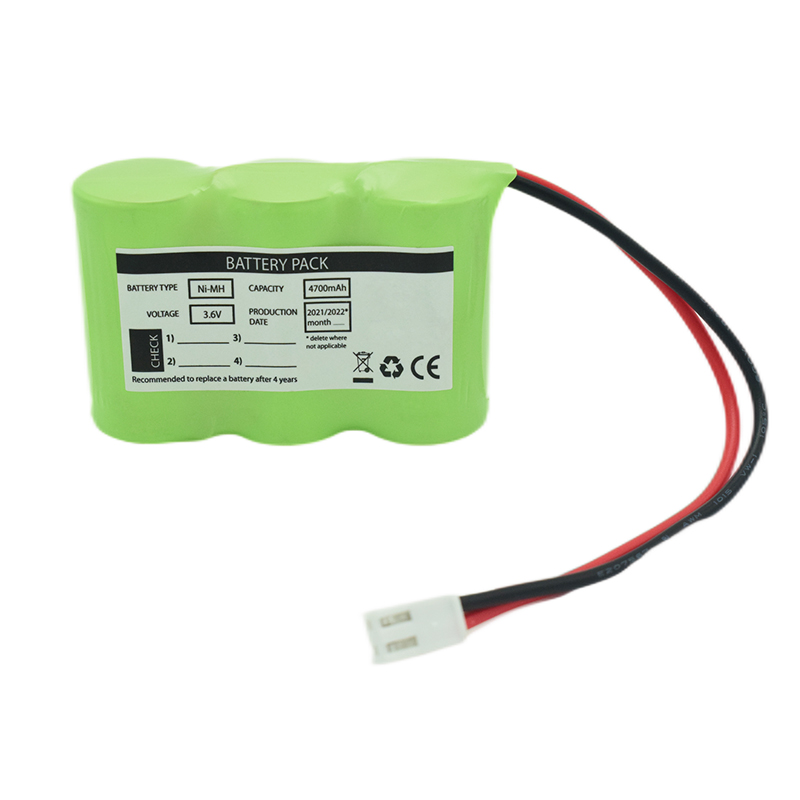 Ni-MH Battery C4700mAh 3.6V
Ni-MH Battery C4700mAh 3.6V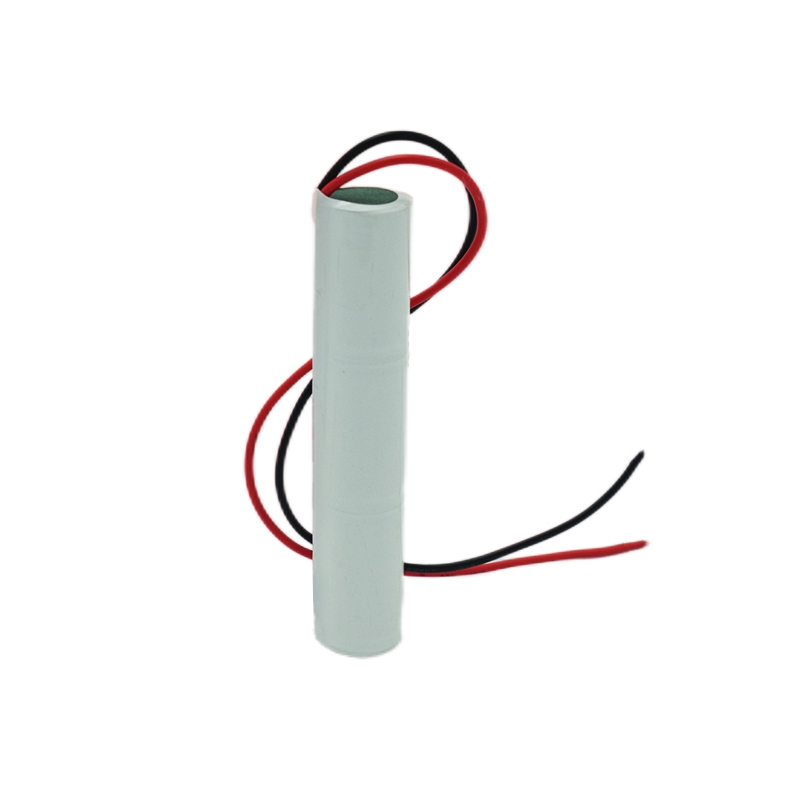 Nickel Cadmium Nicd Battery Pack SC1800mAh 3.6V
Nickel Cadmium Nicd Battery Pack SC1800mAh 3.6V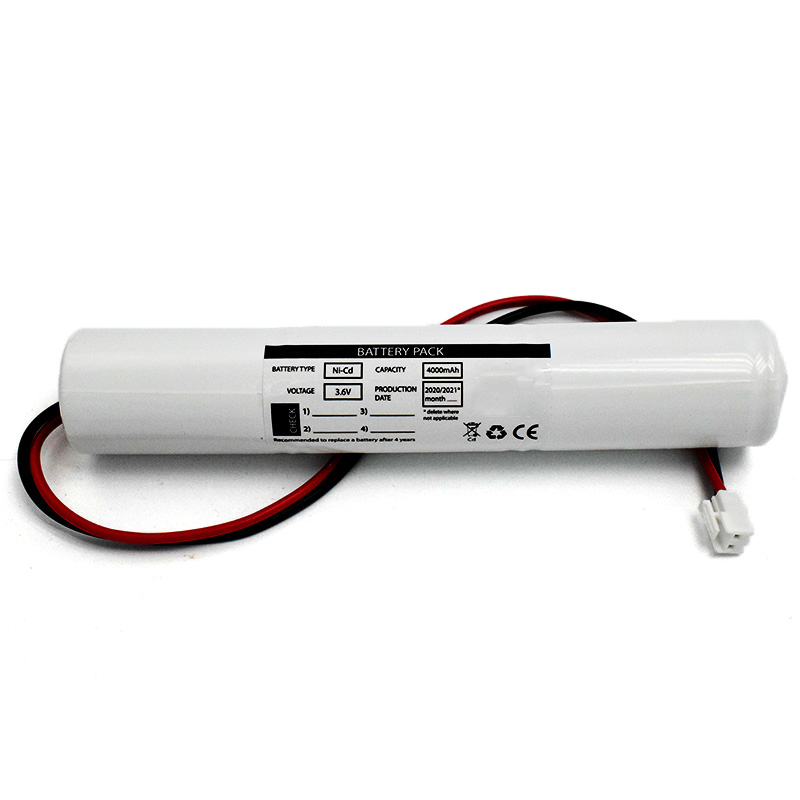 Ni-Cd Battery Pack D4000mAh 3.6V
Ni-Cd Battery Pack D4000mAh 3.6V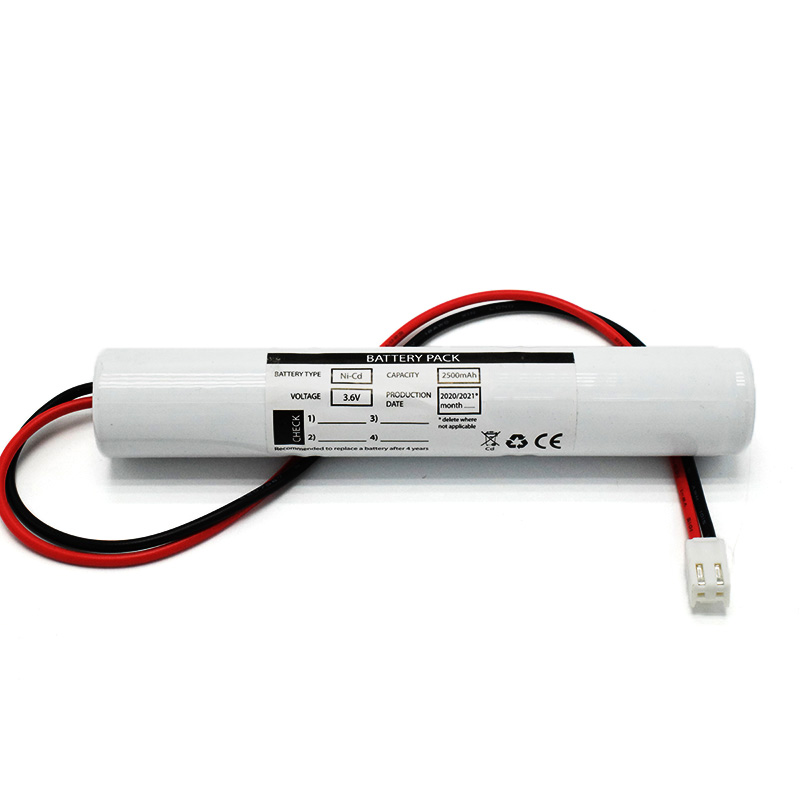 Ni-Cd Battery Pack C2500mAh 3.6V
Ni-Cd Battery Pack C2500mAh 3.6V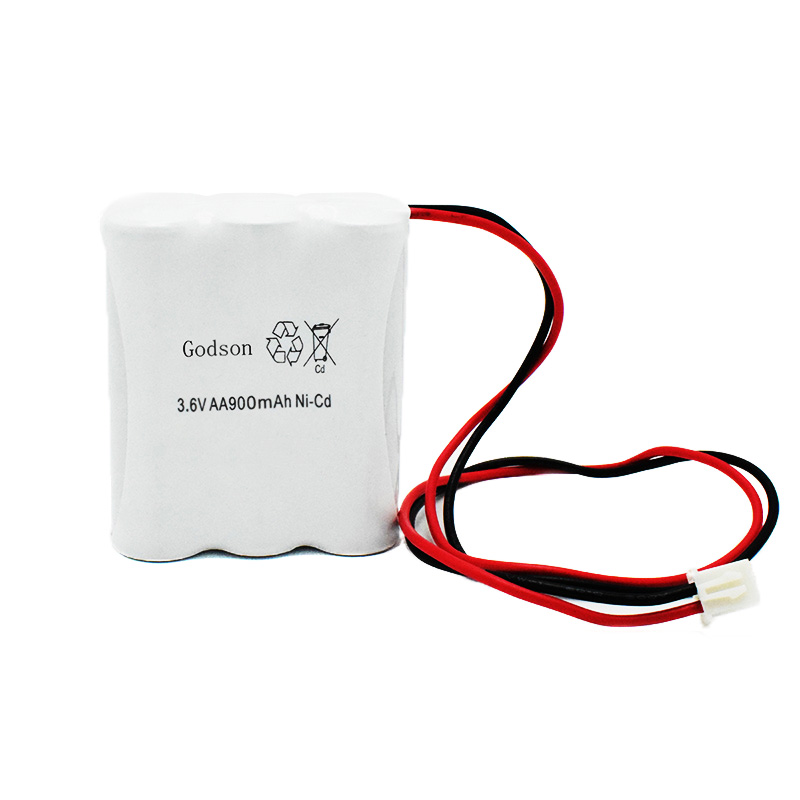 NICAD Battery Pack AA900mAh 3.6V
NICAD Battery Pack AA900mAh 3.6V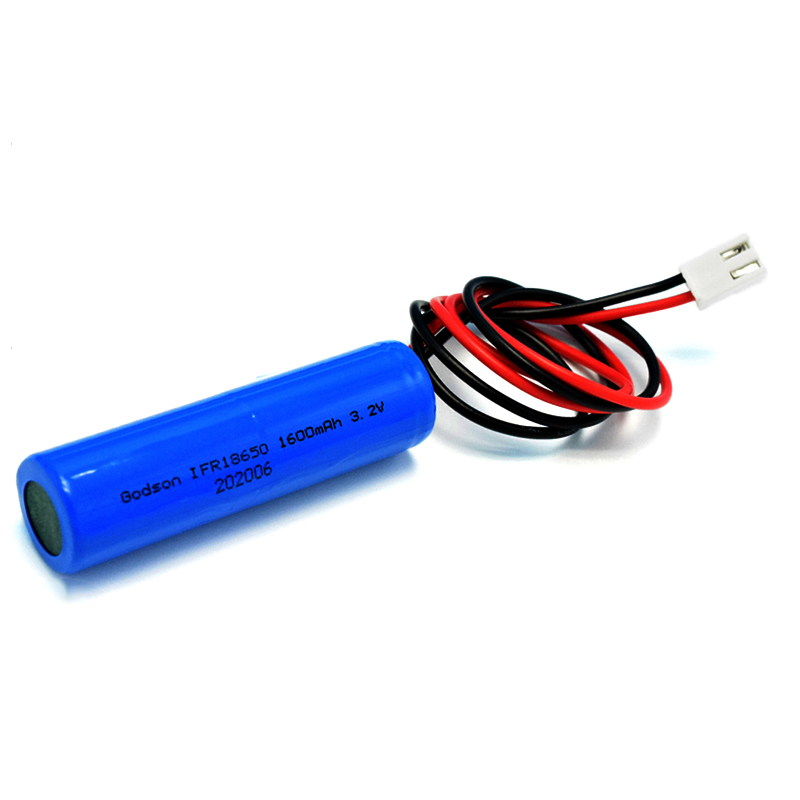 LiFePO4 IFR18650 1600mAh 3.2V
LiFePO4 IFR18650 1600mAh 3.2V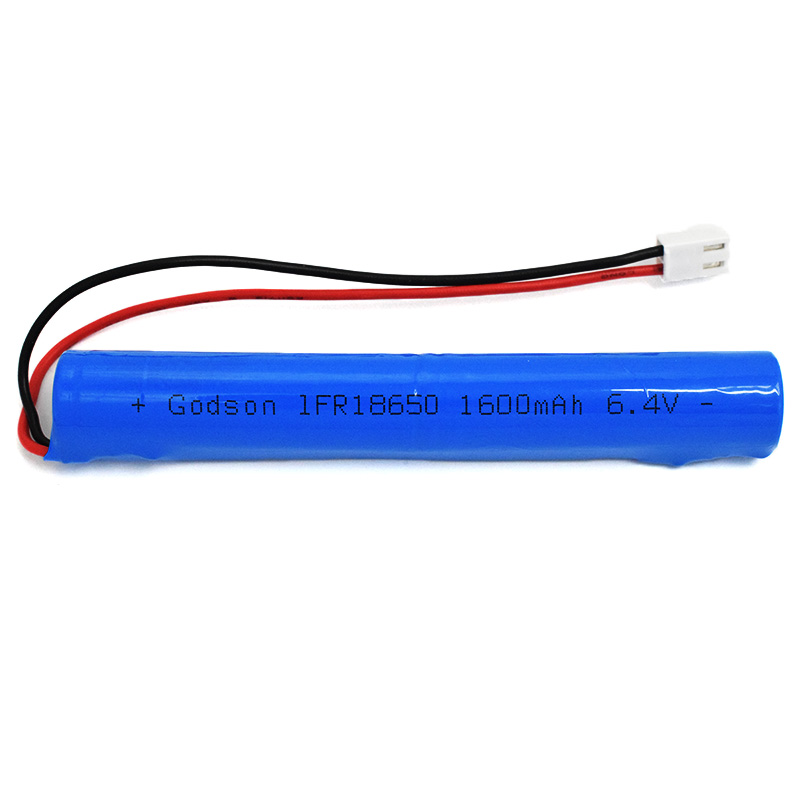 LiFePO4 IFR18650 1600mAh 6.4V
LiFePO4 IFR18650 1600mAh 6.4V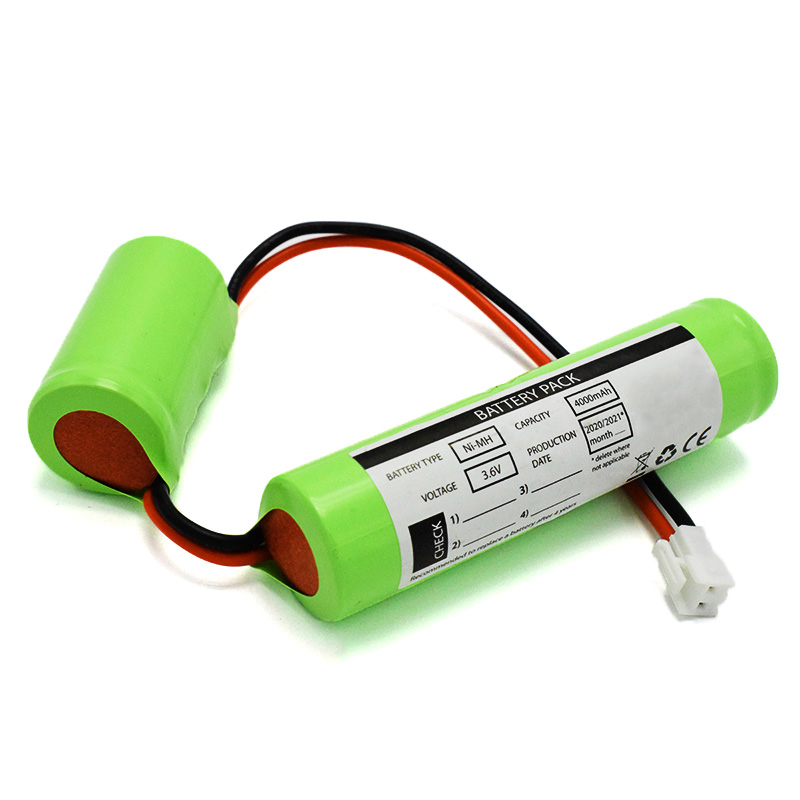 Ni-MH Battery C4000mAh 3.6V
Ni-MH Battery C4000mAh 3.6V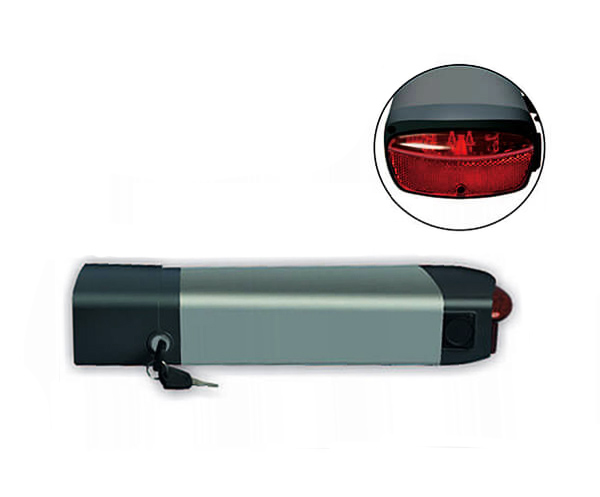 E-bike Battery 48V 10Ah JL-1
E-bike Battery 48V 10Ah JL-1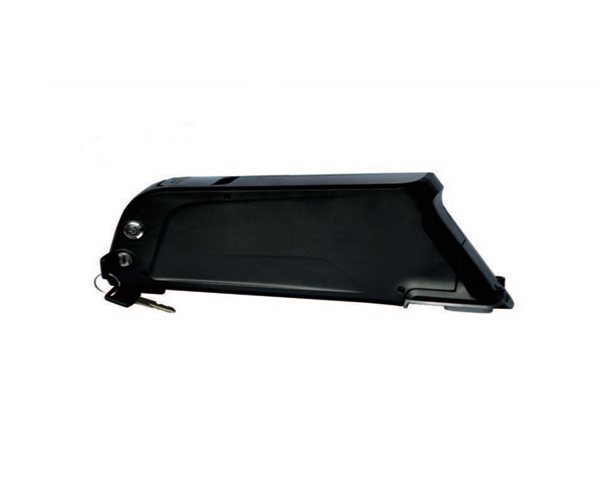 E-bike battery 48V 10Ah Qing Tian
E-bike battery 48V 10Ah Qing Tian